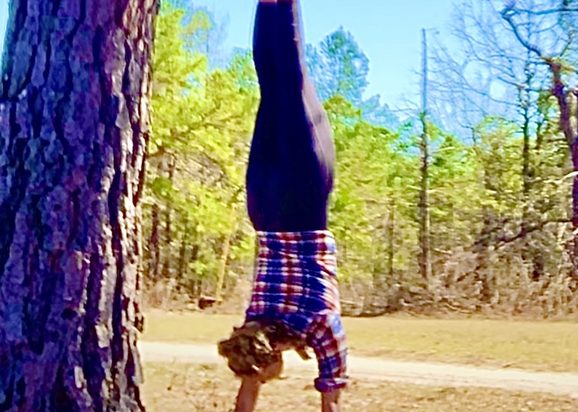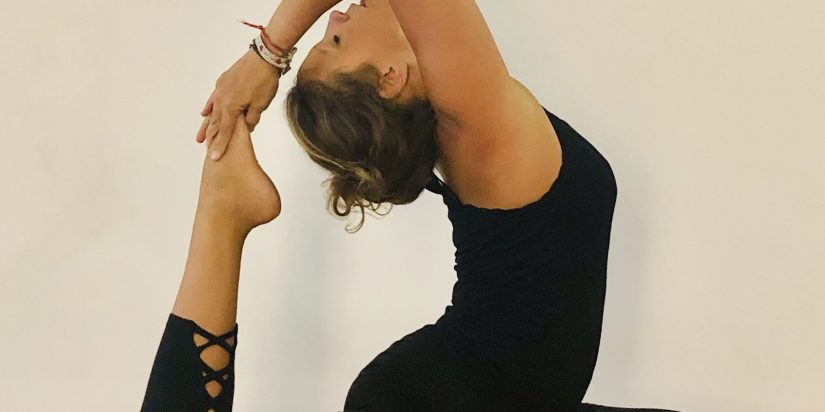Tree of Eden All branches of philosophies, mystics and religiousities All stemming from the same, unified, trunk of being Systems and disciplines reduced and expanded Created and modeled Written and Spoken To guide into experience and see that we have never been seperate from you, from me From the beginning to the ending, connected, Intricately
Leer más...

